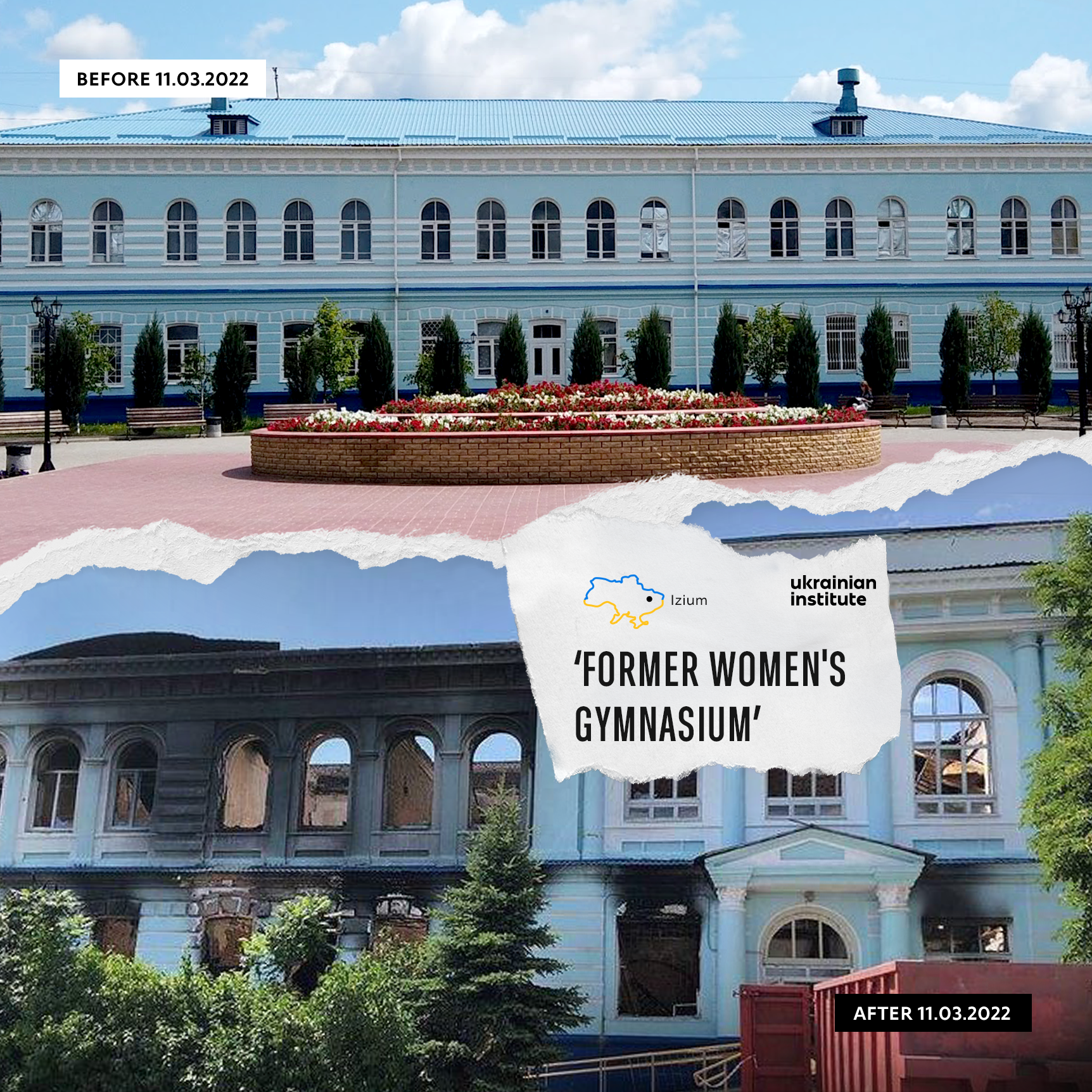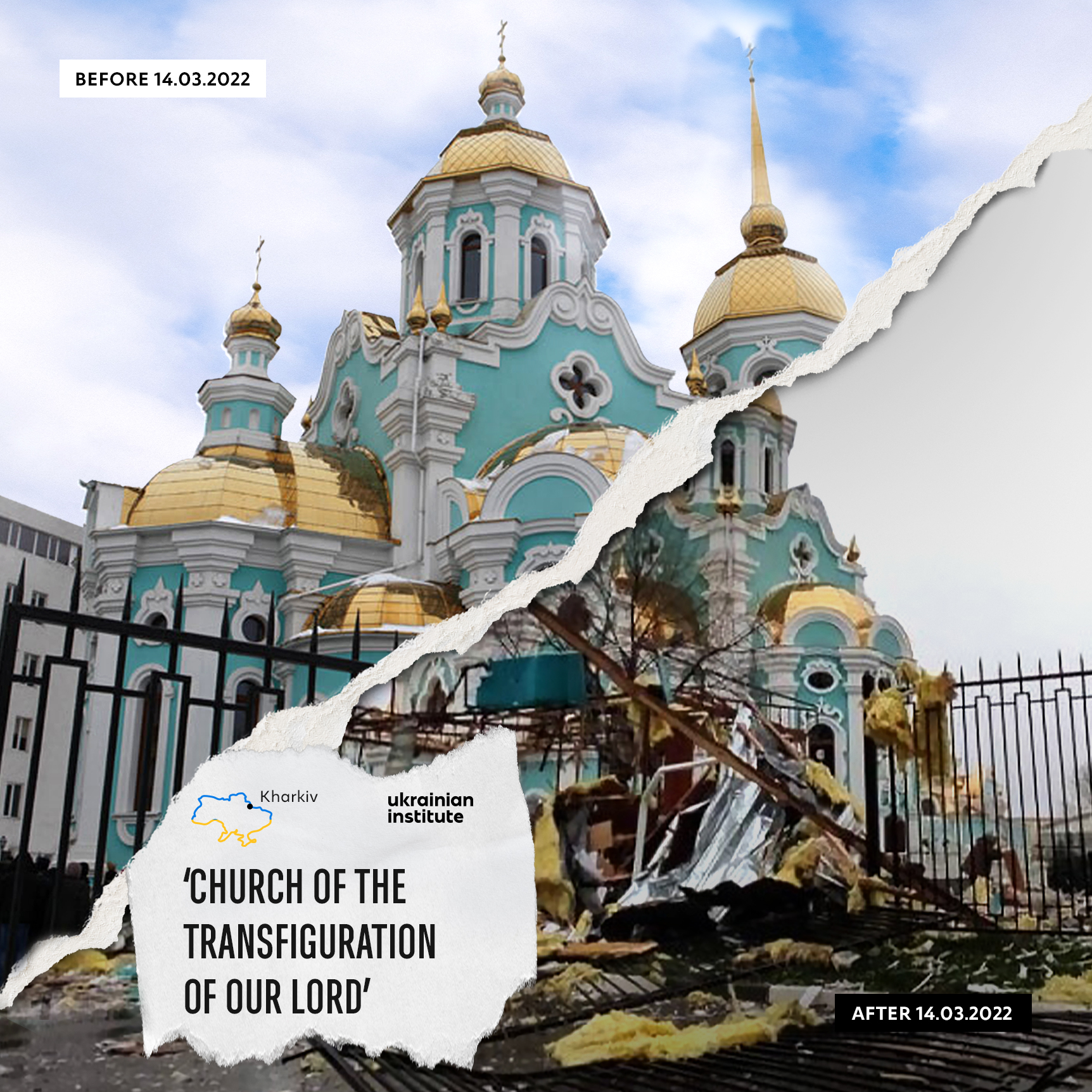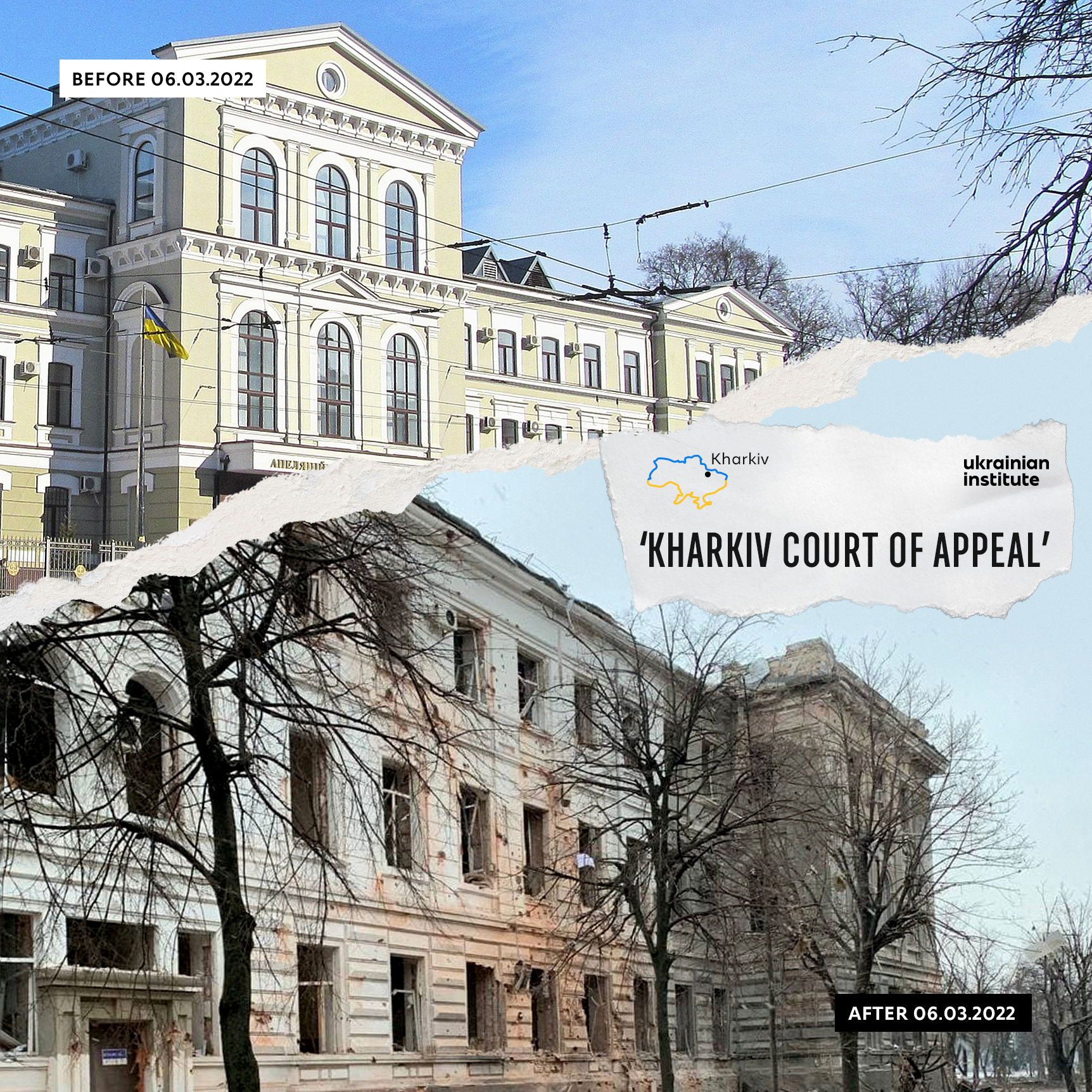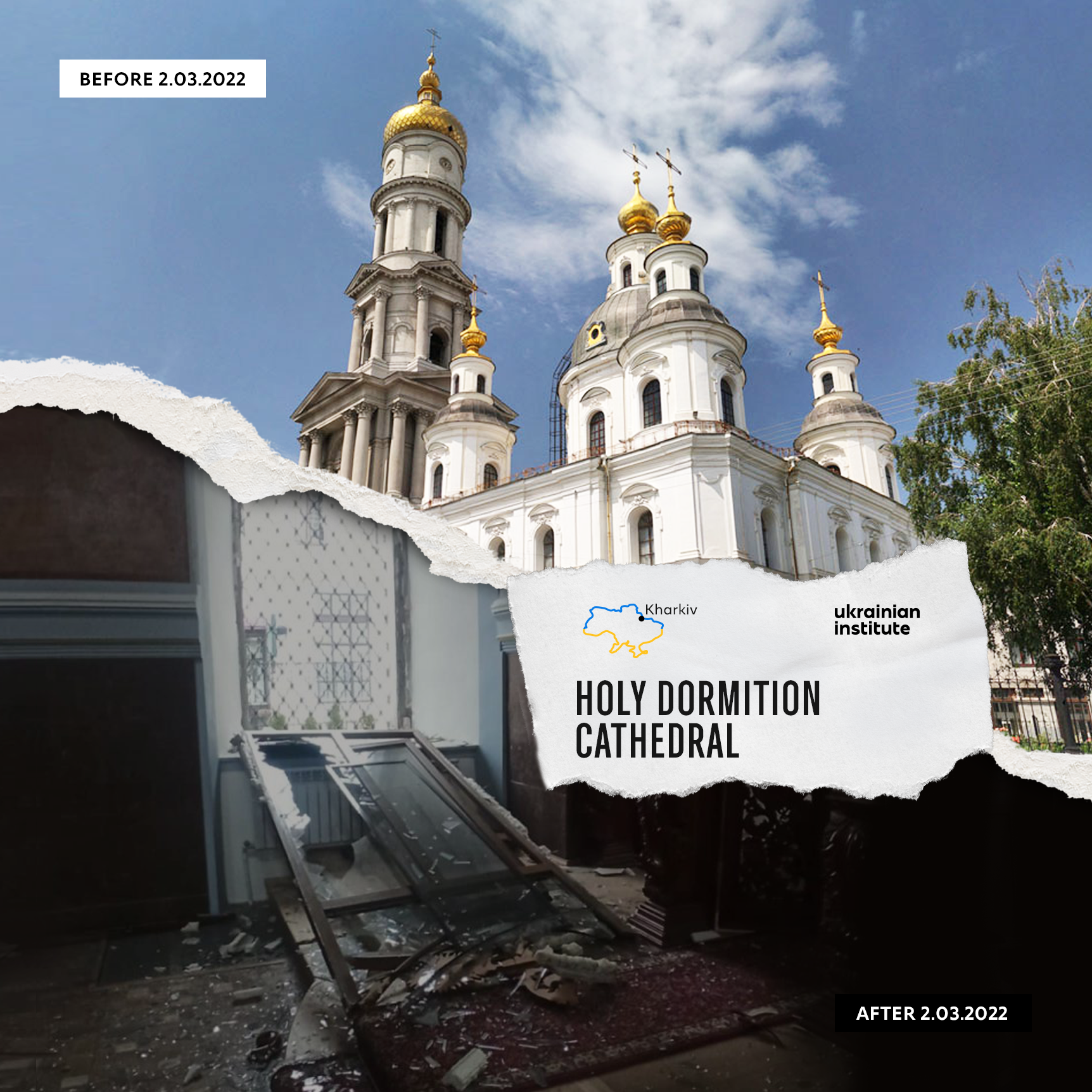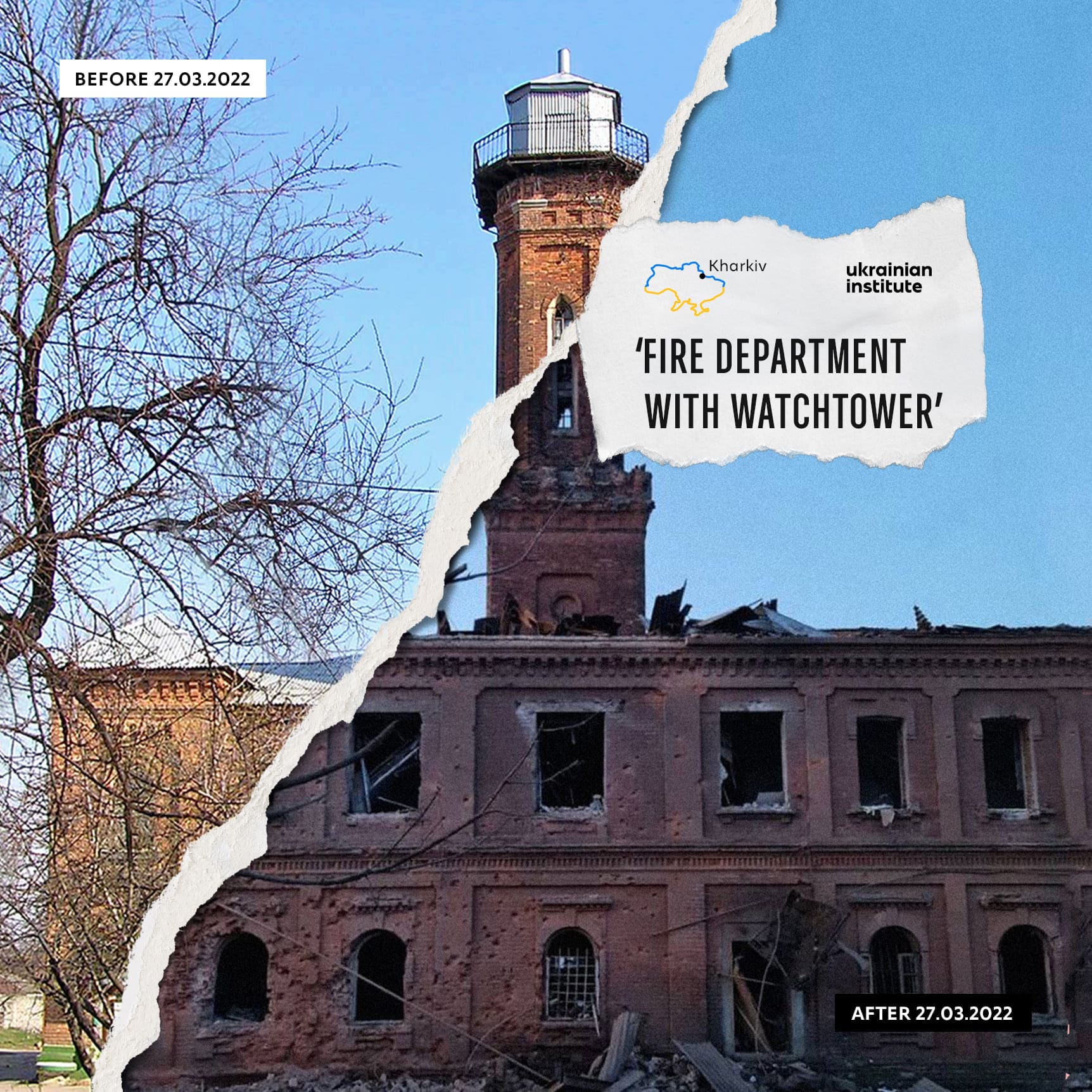
This house became a home for Ukrainian writers and artists in 1928. The Soviet government built it for the Ukrainian intellectuals, but soon this place turned out to be a trap.
Imagine a house in one of the central streets of London with writers and poets such as Ford Maddox Ford, William Butler Yates, Ezra Pound, David Lawrence, Richard Aldington, Thomas Stearns Eliot, Thomas Ernest Hulme, the founders of the ‘Blast’ magazine, and other representatives of British modernism living all together. Or even so: let Franz Kafka, Federico Garcia-Lorca, Guillaume Apollinaire, Hugo Ball and Tommaso Marinetti live in one house in one of the European capitals.
It’s hard to imagine, isn’t it?
However, such a house exists in Ukraine. It is the ‘Slovo’ House, where Ukrainian writers and artists lived. It was built at the request of the writers themselves. After World War I, the revolution of 1917, and the lost War of Independence, Ukraine faced poverty and acute housing shortages. Writers who set the trends in cultural life in the 1920s had to huddle in the corners of publishing houses, sleep on newspapers, and keep manuscripts in kitchen pots in the cramped communal apartments.
The architectural design of the building was approved in 1927: 5 entrances, 5 floors, and 66 apartments with a kindergarten on the ground floor and a solarium on the roof. From above, the house looked like the letter ‘C’ referring to the beginning of the word ‘Slovo’ («Слово») in Ukrainian.
Among its residents, there were such novelists and poets as Mykola Khvylovyi, Mike Johansen, Ostap Vyshnia, Volodymyr Yanovskyi, Pavlo Tychyna, Mykhailo Yalovyi, Ivan Bahrianyi along with the dramatist Mykola Kulish and the director Les Kurbas, whose modern theatre won the hearts of European audiences at the Venice Biennale.
Even though the works of these artists marked the period of the Ukrainian cultural revival, not so many people in the world heard of them. There is an underlying reason for it: аlmost all of them were repressed and executed by the Soviet authorities. Later, one of the most significant periods of the Ukrainian cultural revival was recalled ‘The Executed Renaissance’. Thus, the ‘Slovo’ House became its symbol.
Suddenly, the art-house became a trap for the Soviet government to identify and eliminate those who wanted to think and create freely.
The ‘Slovo’ House witnessed the arrests of its residents, who were taken from their homes in the middle of the night and put in black paddy wagons of the People’s Commissariat for the Internal Affairs (abbreviated in Ukrainian as NKVS). It was a typical scheme of that time to remove dissidents. For many years, the walls of the building kept the memory of the missing and those who were shot in distant Siberian tracts and murdered in labour camps. Just during the ‘The Executed Renaissance’ period of Stalin’s terror, about 30,000 Ukrainian intellectuals were repressed and murdered. They knew the power of the Ukrainian Word, which the Soviet authorities tried to destroy by all means.
Then in the 1930s, everyone had to fall silent. Today, in 2022, during Russia’s war of aggression against Ukraine, the same imperial authorities must have decided to silence even the walls of the ‘Slovo’ building, which was damaged by the Russian enemy shelling on March 7.
Whatever stored the memories may now become a memory itself.









